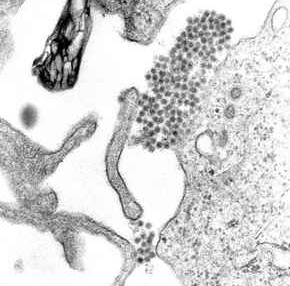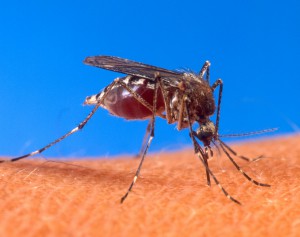
Dengue — also called “breakbone” fever — is an infectious tropical and subtropical virus from the species Flavivirus and the Flaviviridae family, the same family that produces West Nile virus. Incidences of dengue have risen an alarming 30-fold during the last 50 years, with current estimates showing that 50–100 million people are afflicted annually. It is the most prevalent and rapidly spreading mosquito-borne viral illness in the world.
While the majority of those infected by dengue exhibit no symptoms, others may experience mild symptoms such as fever, headache, and muscle pain. The most severe, life-threatening cases result in dengue hemorrhagic fever, which may cause acute abdominal pain, internal bleeding, and dengue shock syndrome, leading to organ dysfunction.
The virus exists in four distinct serotypes. Exposure to one serotype generally provides a person with long-term immunity to that serotype and short-term immunity to the other three serotypes. Dengue hemorrhagic fever can occur in individuals exposed to one serotype who later become infected with other serotypes. There are no specific antiviral medicines for dengue.
Vector insects
As with malaria and West Nile virus, dengue is transmitted to humans through the bite of an infected mosquito. Aedes aegypti, Aedes albopictus, Aedes polynesiensis, and several species of the Aedes scutellaris complex are efficient vectors of dengue and all thrive well at low elevations between latitudes 35°N and 35°S, making parts of Africa, South America, and southeast Asia prime targets for the disease. Recently, indigenous cases of dengue have reappeared in Europe on the French Mediterranean coast (2010) and in the United States in Florida (2009). This reappearance of dengue in Europe is the first reported since a large outbreak in 1927–1928 in Greece.*
*Source: ECDC European Centre for Disease Prevention and Control

Resources
Learn more about Dengue disease
VectoMax Granules(for habitats where Aedes spp. larvae are found with other species such as Culex)
Quick Links
Contact a Valent BioSciences public health representative.
Contact Us